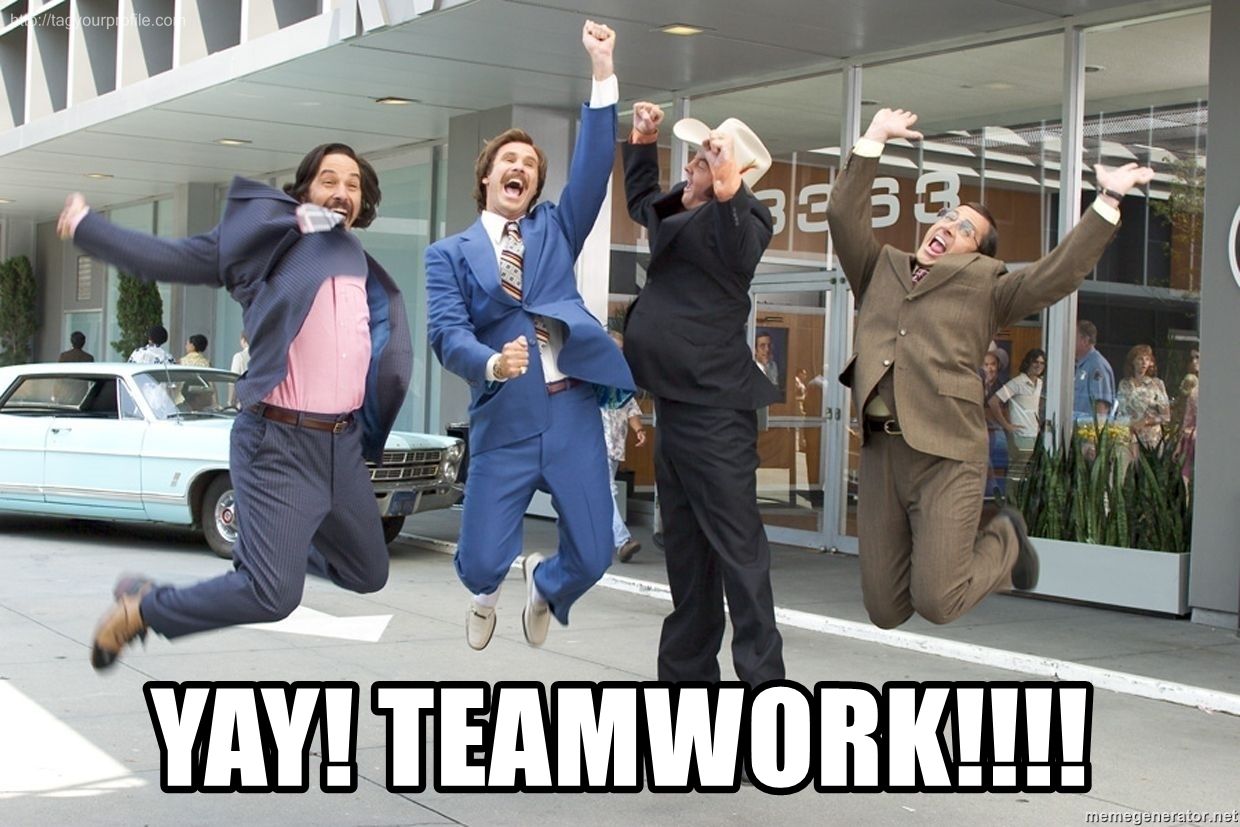What Should Your Office Wear? Why Dress Code Still Matters
Revised June 2025
Dress codes have never been more confusing. One company’s version of business casual includes tailored blazers. Another’s might mean jeans and sneakers. But whether you’re suiting up or dressing down, dress code still matters. It’s not about being rigid or old-school. It’s about how your brand shows up in the world.
At YellowDog, we’ve had plenty of conversations about what makes sense for our team, our clients, and the kind of environment we want to create.
Why Dress Code Still Matters (Yes, Even Now)
A dress code might feel outdated, but it still plays a role in shaping how your business is perceived, internally and externally. Here’s why it matters:
- First impressions stick. Whether it’s a client meeting or an impromptu Zoom call, how your team looks is often the first representation of your brand.
- Culture is contagious. A well-balanced dress policy helps create an environment of professionalism, or creativity, or comfort, or all three.
- It sets the tone. Think of it as a non-verbal mission statement.
What Works for Us
Here at YellowDog, we live somewhere between “we respect your time and your style” and “please don’t wear sweatpants to client meetings.”
We encourage team members to:
- Dress like yourself, just your slightly more polished self
- Think about the day’s tasks and dress appropriately
- Use clothing to express your creativity, not to test HR’s patience
What Works for You?
There’s no one-size-fits-all. Some industries are still suit-and-tie, others have gone full hoodie-and-jeans. The best dress code is one that matches your business goals and your team vibe.
DIFFERENT ROLES, DIFFERENT RULES?
Not every role in your company is client-facing and that’s okay. But just because some team members don’t interact with clients doesn’t mean dress code should become a free-for-all. It’s important to acknowledge that different roles come with different expectations, and that’s not about favoritism, it’s about function.
At the same time, clear communication around those expectations can help prevent resentment. Everyone deserves to feel comfortable and respected in their role, no matter what they wear to get the job done.
Final Thought (And a Shameless Plug)
If you’re thinking through brand identity, company culture, or even how your team shows up in the world, we can help. From visuals to voice, we help businesses present themselves confidently and consistently.





